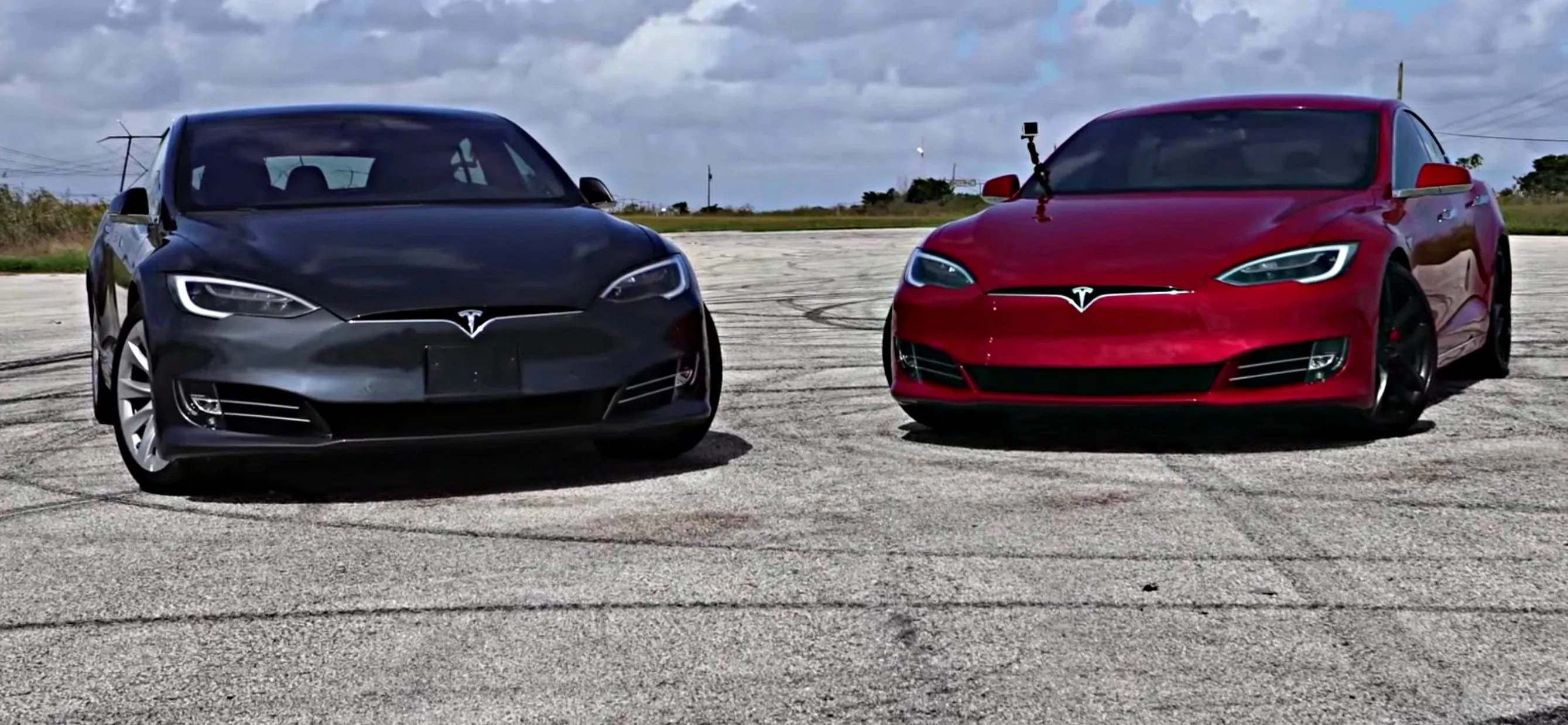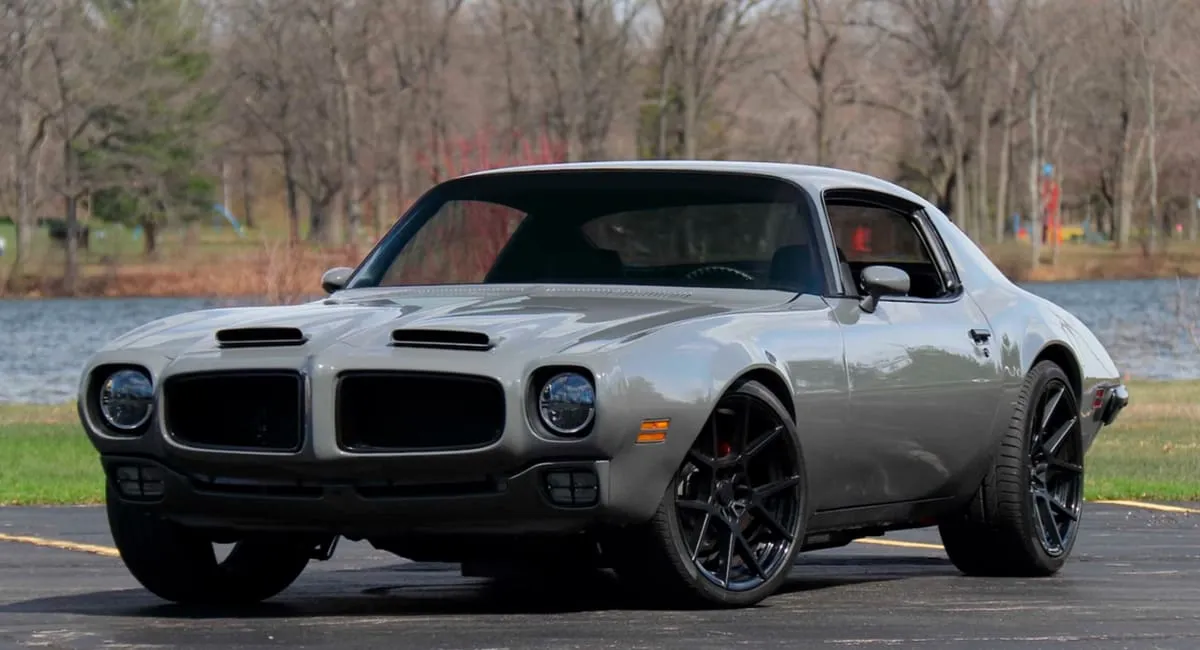The Amphicar Model 770 is a one-of-a-kind vehicle that was produced from 1961 to 1968. It is known for being an amphibious car, meaning it can be driven on land as well as in water. How amazing! Let's check more about it.
The Amphicar Model 770 was designed by Hans Trippel. This amphibious vehicle was manufactured by the Quandt Group at Lübeck and at Berlin-Borsigwalde
-1686212590.jpg)
1. Design
The Amphicar featured a rounded body shape with smooth lines and a compact size. The exterior was primarily made of steel and had a painted finish. It was available in various colors.
The front end of the car had a simple grille and headlights, similar to typical cars of the era. The rear of the vehicle had a large, horizontal tailfin, giving it a stylish and distinctive look. The convertible top could be folded down to provide an open-air driving experience on land or act as a cover when the vehicle was on water.
Amphibious Features
The Amphicar's most notable feature was its ability to operate in water. It had a propeller and rudder system, allowing it to navigate through lakes, rivers, and calm coastal waters.
In water, the front wheels acted as rudders, while the rear wheels provided propulsion. The transition from land to water mode was made possible by a simple manual transmission lever, which engaged the gears for the propeller system.
-1686213222.jpg)
Interior Design
The interior of the Amphicar provided seating for four occupants. The front seats were bucket-style, while the rear seats were bench-style. The dashboard had a minimalist design, with gauges and controls for essential functions such as speed, fuel level, and water temperature.
The steering wheel was relatively large and had a simple design. The interior featured basic upholstery and trim options, reflecting the design aesthetics of the time.
Safety Features
The Amphicar was equipped with safety features appropriate for its time, including seatbelts, windshield wipers, and a horn. Buoyancy was provided by watertight compartments in the front, rear, and sides of the vehicle, ensuring it would remain afloat even if it took on water.
2. Engine
Engine Type
The Amphicar Model 770 was equipped with a four-cylinder engine. The engine was an inline configuration, meaning all four cylinders were arranged in a single row.
Displacement and Power
The engine had a displacement of 1147 cc (1.1 liters). It produced around 43 horsepower (32 kW). The relatively modest power output was suitable for the vehicle's size and weight.
Fuel System
The engine used a carburetor for fuel delivery and mixing. The carburetor was responsible for combining air and fuel to create a combustible mixture that powered the engine.
-1686212938x1024.jpg)
Cooling System
The engine had a liquid cooling system to maintain optimal operating temperatures. A radiator, located in the front of the vehicle, helped dissipate heat from the engine coolant.
-1686212955.jpg)
Transmission
The Amphicar Model 770 had a manual transmission. The transmission had four forward gears and one reverse gear. The driver manually shifted gears using a gear lever inside the vehicle.
Drive Configuration
The Amphicar operated as a rear-wheel-drive vehicle on land. Power from the engine was transmitted to the rear wheels, providing traction and propulsion.
The Amphicar Model 770 was not designed for high-speed performance on either land or water. Its engine and drivetrain were more focused on providing adequate power for basic transportation and amphibious capabilities rather than speed or acceleration.
-1686213263x1024.jpg)
3. Performance
Land Performance
Top Speed: The Amphicar had a top speed of approximately 70 mph (113 km/h) on land.
-1686213352x1024.jpg)
Acceleration: It could accelerate from 0 to 60 mph (0 to 97 km/h) in about 43 seconds.
Handling: The handling of the Amphicar was comparable to other cars of its era, but not particularly sporty or agile.
-1686213020x1024.jpg)
Water Performance
Top Speed: In the water, the Amphicar had a top speed of around 7 knots (8 mph or 13 km/h). It was not designed for high-speed boating.
-1686213330.jpg)
Maneuverability: The Amphicar was capable of navigating calm waters, such as lakes and rivers, but it was not optimized for rough seas or strong currents.
-1686213416.jpg)
Transition: The transition from land to water mode or vice versa could be accomplished by engaging the gears for the propeller system using a manual transmission lever. It was a relatively simple process.
-1686213040.jpg)
Off-Road Capability
The Amphicar was primarily designed for use on paved roads and in water. It did not have specialized off-road features or capabilities.
-1686213065.jpg)
4. Cultural Value
Novelty and Versatility
The Amphicar was one of the few mass-produced amphibious vehicles available to the public. Its ability to seamlessly transition from land to water captured people's imaginations and added a sense of adventure and versatility to its appeal. It provided a new way of experiencing transportation and opened up possibilities for recreational activities involving both land and water.
-1686213084x1024.jpg)
Popularity in the 1960s
The 1960s was a decade marked by cultural shifts and a desire for innovation. The Amphicar emerged during this period, aligning with the fascination for unique and unconventional vehicles. Its distinct design and functionality made it a symbol of the era's adventurous spirit and love for exploring new frontiers.The most famous story about the Amphicar is that President Lyndon B. Johnson owned one.
Media and Film
The Amphicar gained further recognition through its appearances in various media and films. For example, it was featured in the 1965 James Bond movie "The Spy Who Loved Me," further enhancing its reputation and desirability.
Collector's Item and Classic Car Culture
Today, the Amphicar Model 770 is highly sought after by collectors and enthusiasts of classic cars and unique vehicles. Its limited production run and rarity make it a prized possession for those interested in automotive history.
-1686213148x1024.jpg)
Symbol of Ingenuity
The Amphicar represents human ingenuity and the pursuit of engineering feats that push boundaries. It embodies the desire to create something extraordinary and functional. This spirit of innovation and exploration resonates with individuals who appreciate the convergence of engineering and design.
-1686213172x1024.jpg)
-1686212603.jpg)


-1685865324x1024.jpg)
